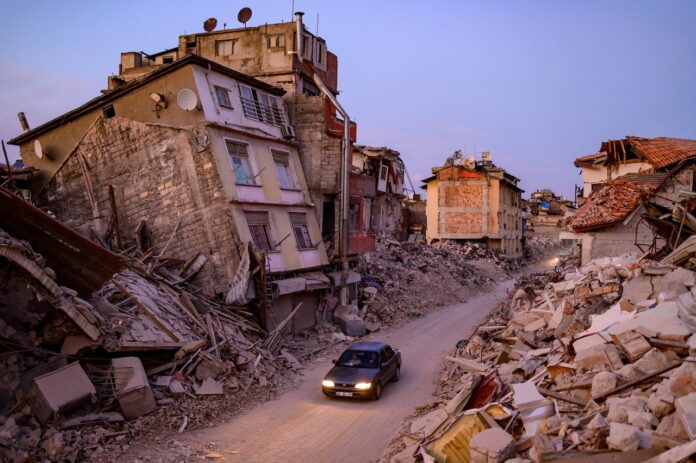
Major earthquakes pose immense public health threats both immediately after the shaking and in the prolonged recovery period. Planning for post-earthquake challenges means public health agencies and their partners can swiftly provide earthquake relief when these devastating disasters strike.
Injuries and Trauma
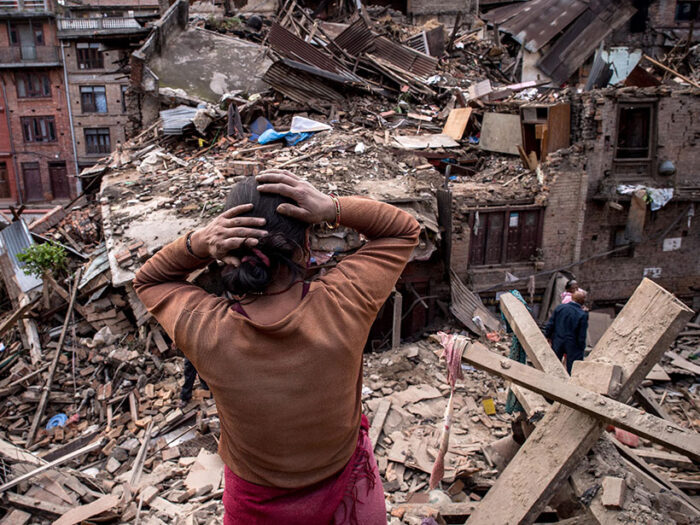
The violent shaking of major quakes causes many crushing injuries and deaths from collapsing buildings and debris. Burns, lacerations, and bone fractures are also common. Trauma centers can quickly be overwhelmed with patients. Many of the injured may be unable to reach medical care due to blocked roads, disabled vehicles, and poor communication.
Search and rescue efforts must prioritize access for emergency vehicles into damaged areas. Field hospitals may supplement permanent facilities after capacity is exceeded. Stabilizing and treating injuries immediately minimizes permanent disabilities. The people at Brother’s Brother Foundation explain that from collapsing infrastructure to environmental hazards, earthquakes create a complex array of risks that must be addressed to protect health.
Disease Risks
Unsanitary conditions after earthquakes raise the risks of communicable disease outbreaks. Compromised water infrastructure can increase waterborne illnesses. Overcrowded shelters, lack of toilets, and limited hygiene supplies facilitate respiratory infections. Mosquitoes breeding in standing water may transmit vector-borne diseases. Routine vaccinations should proceed to protect against preventable infections. Disease surveillance helps contain potential outbreaks through early detection, testing and treatment. Protecting water safety and securing waste disposal are therefore priorities.
Mental Health Needs
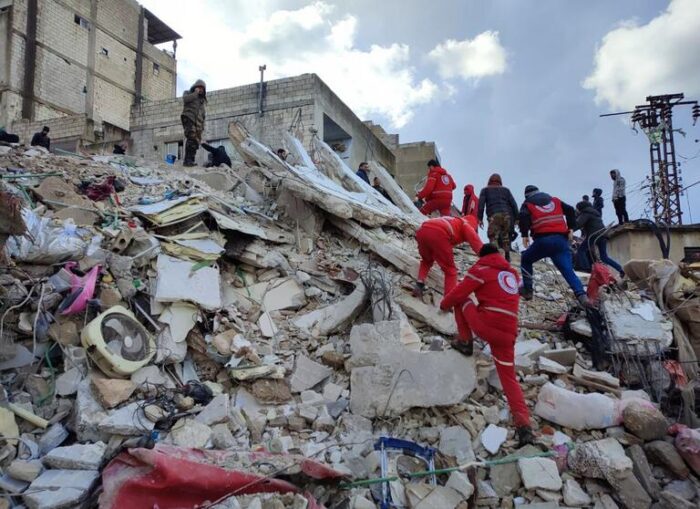
Experiencing a traumatic earthquake can take a major psychological toll that requires mental health support. Anxiety, depression, and post-traumatic stress are common after disasters. Loss of loved ones and the stress of relocating and rebuilding can further burden emotional wellbeing. Counseling services, emergency hotlines, and community-based outreach can provide psychosocial aid to the displaced and vulnerable. Screening children for trauma helps direct school-based services. We must sustainably support coping resources through a long recovery.
Environmental Hazards
Earthquake environmental affects generate health risks. Toxic chemical leaks from damaged factories or storage sites contaminate water and soil. Ruptured gas lines, oil tanks, and sewers may pollute neighborhoods. Detailed environmental assessments identify hazards for containment. Air quality monitoring ensures heavy dust and debris is not inhaled. When water infrastructure is severely compromised, supplying clean bottled water prevents waterborne illness. Cleanup efforts must properly remediate toxic threats.
Power and Healthcare Disruptions
Widespread power outages can disrupt lifesaving treatments and emergency care. Hospitals with backup generators maintain essential functions, but smaller clinics may lack power. Oxygen supplies for respiratory patients may be limited. Refrigeration for medications and vaccines could fail. Transferring patients to operable facilities ensures continuity of care. Additionally, damaged roads isolate many earthquake survivors from healthcare until transport is restored. Air ambulances and emergency lanes enable access to aid.
Food and Housing Insecurity
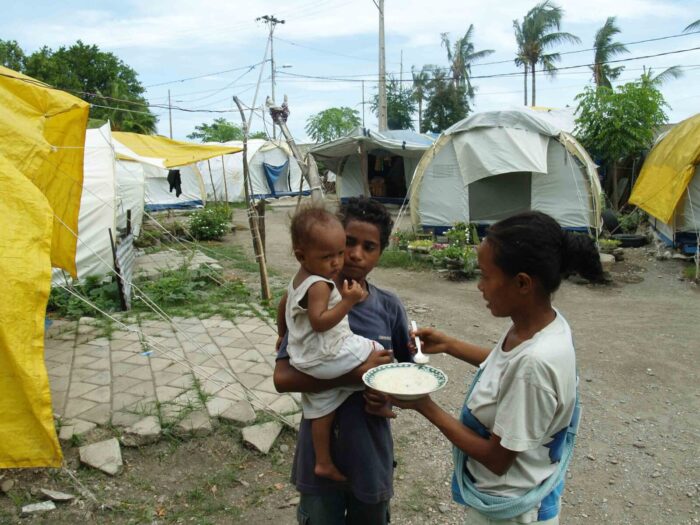
Disrupted supply chains threaten food security after earthquakes. Damage to farms, processing plants, warehouses, and stores limits availability. Transportation blockages prevent distribution. Flooding from burst water pipes ruins stored food. Rationing, food banks, and mobile nutrition services provide sustenance. Habitat loss also creates housing shortages, with displacement strains compounded by damaged homeless shelters. Repairing or replacing safe homes is essential to support public health during prolonged recovery and rebuilding.
Ongoing Resilience Planning
Beyond the immediate earthquake response, public health agencies play a crucial role in long-term resilience planning to mitigate future earthquake impacts. Analyzing disaster responses and incorporating lessons learned strengthens readiness. Strong public health partnerships across government, healthcare networks and community organizations boost capacity to rapidly address earthquake challenges.
Enhanced Emergency Communication Systems
One critical area of improvement in managing earthquake disasters is enhancing emergency communication systems. Efficient communication channels are vital for coordinating rescue operations, disseminating public health information, and organizing relief efforts. Upgrading technology to ensure robust communication even when traditional systems fail is crucial. Satellite phones, emergency broadcast systems, and mobile apps can provide real-time updates and connect isolated individuals with emergency services. Training community members in using these technologies ensures a more effective response during a crisis.
Community-Based Disaster Preparedness

Engaging communities in disaster preparedness significantly strengthens the overall response to earthquakes. Community-based training programs in first aid, emergency response, and basic healthcare can empower residents to be the first line of response when professional help is delayed. Establishing local volunteer groups and disaster committees enhances community resilience. These groups can also play a key role in disseminating information about earthquake preparedness and safety measures, ensuring that communities are better equipped to handle the aftermath of a disaster.
Long-Term Psychological Support Services
While immediate mental health support is crucial, the long-term psychological impacts of earthquakes also demand attention. Developing sustainable mental health services, including ongoing counseling and support groups, is essential for the long-term recovery of affected individuals. School-based programs to support children, as well as community workshops focusing on coping strategies and resilience-building, can mitigate long-term psychological impacts. Additionally, training community leaders and teachers in basic mental health support can extend the reach of these services.
Infrastructure Resilience and Retrofitting
Improving the resilience of infrastructure to withstand earthquakes can significantly reduce the public health impact of such disasters. Strengthening buildings, bridges, and other critical infrastructure through retrofitting and adherence to stringent building codes can prevent widespread destruction. Urban planning that considers seismic risks and the incorporation of earthquake-resistant materials in construction projects are essential measures. This approach not only minimizes the immediate impact of earthquakes but also ensures quicker recovery by reducing the extent of damage.
Public Health Education and Awareness
Educating the public about earthquake risks and preparedness is another critical aspect of managing public health challenges. Regular public awareness campaigns, school programs, and community workshops should focus on teaching individuals how to respond during and after an earthquake. Information on building a basic emergency kit, understanding the signs of trauma, and accessing emergency services can significantly improve individual and community resilience. Leveraging social media and other digital platforms can enhance the reach of these educational efforts.
Strengthening Emergency Medical Services
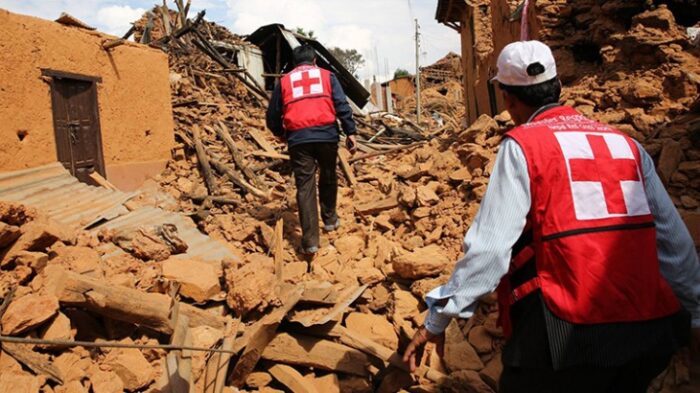
Enhancing emergency medical services (EMS) capabilities is vital for addressing the surge in medical needs following an earthquake. Investing in mobile medical units, telemedicine services, and training more emergency medical personnel can improve the response capacity. Ensuring that EMS teams have access to necessary medical supplies, including emergency medications, trauma care equipment, and mobile surgical units, is essential. Regular drills and simulations can help in maintaining a state of readiness among these teams.
Conclusion
Effectively managing the public health challenges posed by major earthquakes requires a multifaceted approach. By focusing on areas such as communication, community preparedness, long-term mental health support, infrastructure resilience, public education, and strengthening EMS, public health agencies and their partners can significantly improve their response to these devastating events. This comprehensive approach not only saves lives in the immediate aftermath but also supports the long-term recovery and resilience of affected communities.
















